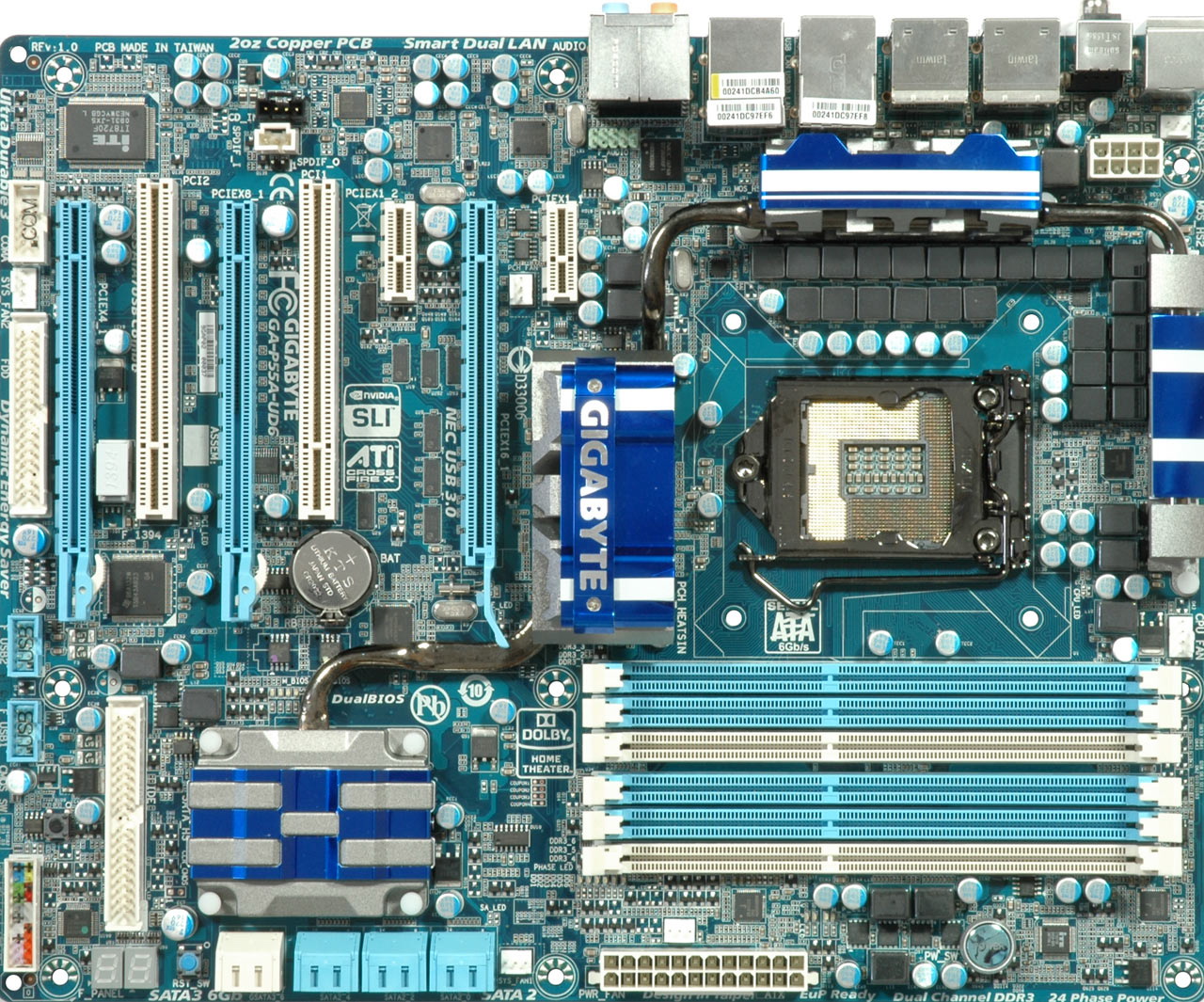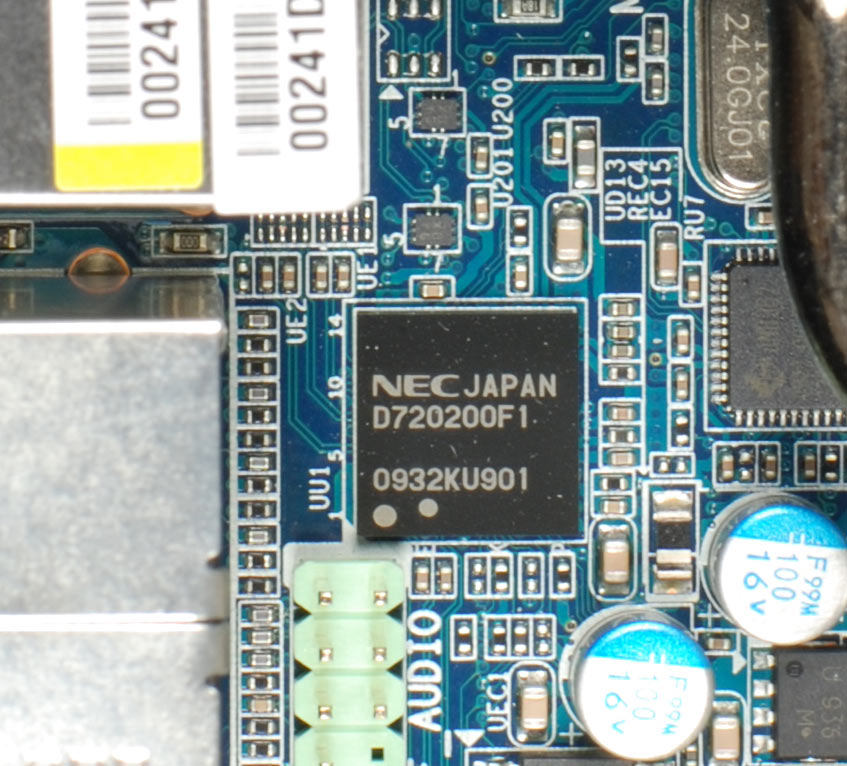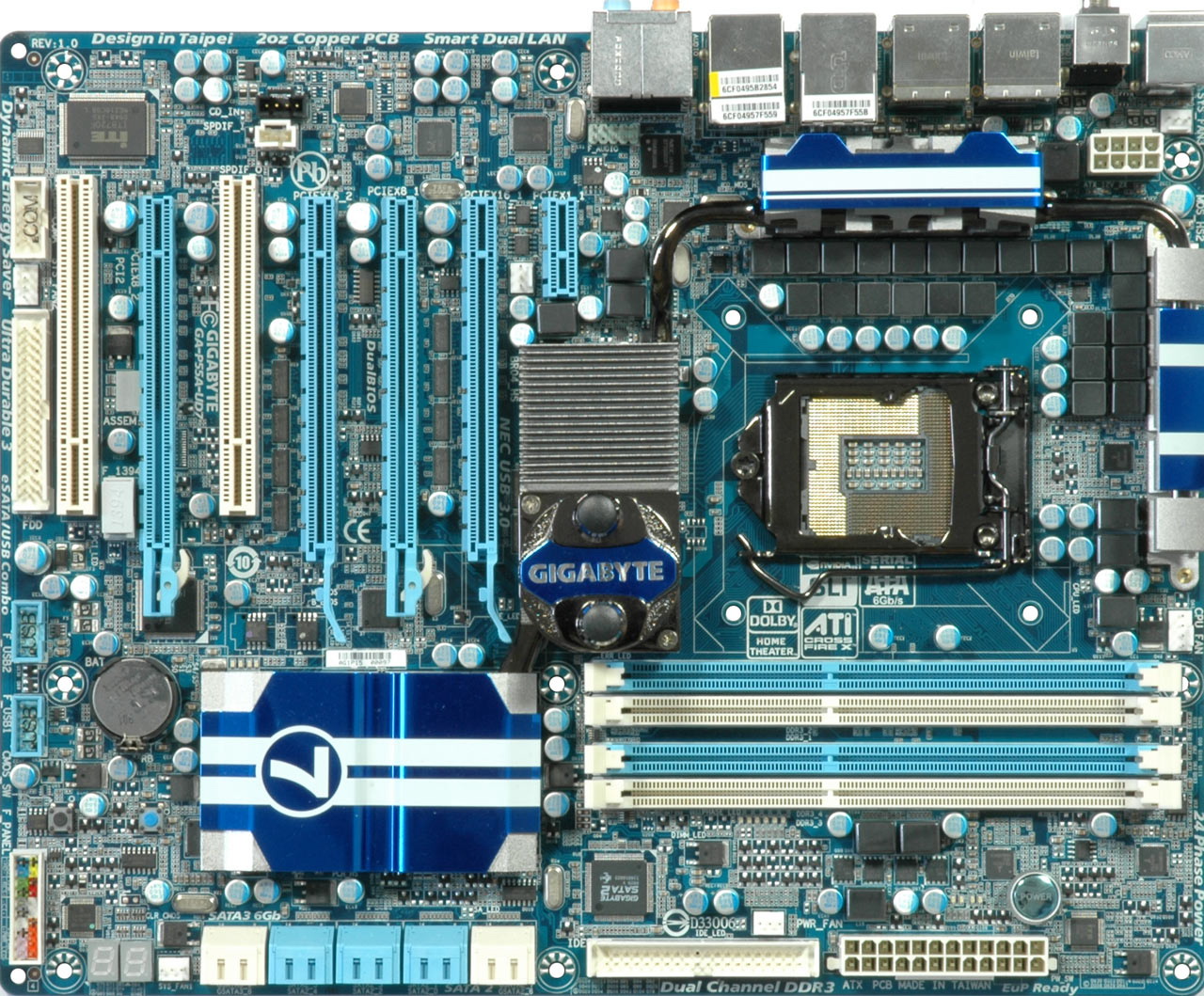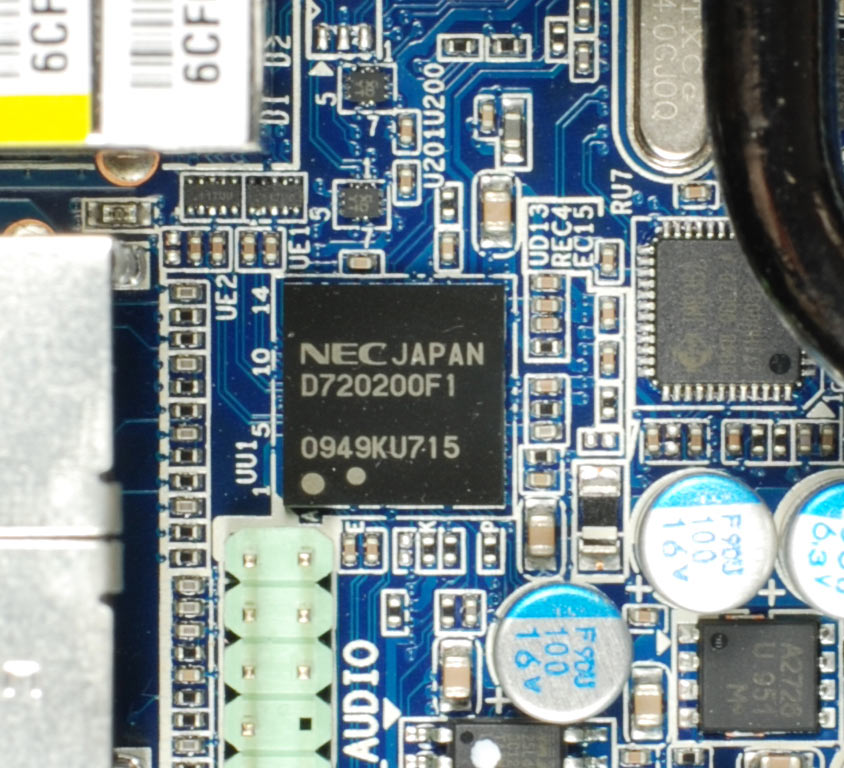Not All USB 3.0 Implementations Are Created Equal
Despite the fact that today's USB 3.0 products center on the same NEC controller, we compared a handful of different USB 3.0 drives and found performance to range from 113 to 173 MB/s, depending on the implementation used. Should you be worried?
Gigabyte P55A-UD6 And UD7 (NEC PD720200)
Gigabyte is being very aggressive with implementing USB 3.0 controllers on its upper-mainstream and enthusiast-class motherboards. During Computex, the firm made clear that it views itself as today's USB 3.0 leader. The P55A-UD6 and UD7 motherboards sure seem to be evidence of this push.
While the -UD6 motherboard implements USB 3.0 through the NEC controller, you have to activate the BIOS's turbo switch to get full performance. Otherwise, the system will assign all PCI Express 2.0 connectivity to the graphics card. This implementation provides only 113 MB/s of bandwidth and the least I/O performance.
Gigabyte's second submission, the P55A-UD7, offers a more flexible implementation. The PCI Express 2.0 design is routed through a PLX switch, which works similarly to Ethernet switching. Available bandwidth gets dynamically allocated to devices that need the throughput. The result is maximum performance of 168 MB/s—almost as fast as Asus' Crosshair IV Formula, and equally fast when it comes to parallel reads and writes. The Gigabyte USB 3.0 add-on card provides significantly less performance when it comes to I/O operations per second on the P55A-UD7. Clearly, the integrated solution delivers better performance here.
Get Tom's Hardware's best news and in-depth reviews, straight to your inbox.
Current page: Gigabyte P55A-UD6 And UD7 (NEC PD720200)
Prev Page Asus Crosshair IV Formula (NEC PD720200) Next Page Gigabyte USB 3.0 Controller (NEC PD720200)


